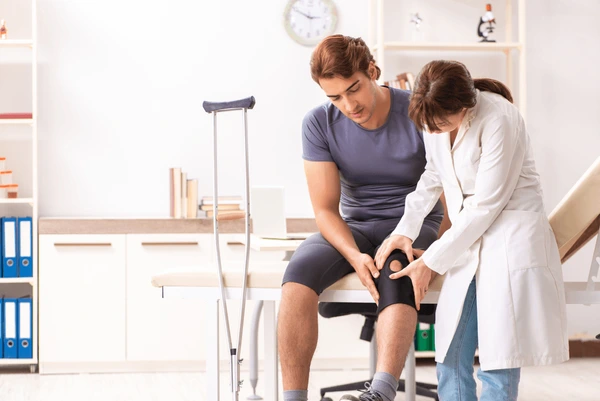ACL Rehabilitation
Can take on two forms – both prevention and post-surgery.
Various programs have been created as a way to encourage and promote proper techniques for athletes who may be at high risk of sustaining an ACL injury. ACL prevention programs include targeted exercises that address muscle strengthening, muscle recruitment patterns, landing and deceleration patterns, proprioception, and plyometrics.
The treatment options following an ACL tear are individualized for each patient depending on age, activity level, and the presence or absence of injury to other structures within the knee. In general, surgery is recommended for young patients who are active and for those in whom the ACL tear is associated with injury to other structures in the knee. Nonoperative (nonsurgical) treatment may be recommended in older or more sedentary patients.
The main reason to have surgery is to restore stability to the knee so it no longer gives out or slides too far forward, which is often painful. The other reason — perhaps the most important reason — is to protect the articular cartilage in the knee from being damaged.


